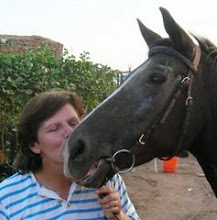
Waist The waist of the saddle is the narrowest part of the saddle seat.
Seat The seat of the saddle is the area where you sit. Seats come in a variety of different depths and slopes depending on the type of saddle.
Stirrup Bars The stirrup bar on a saddle is where the stirrup leather attaches to the saddle. They usually come in two types, one with a safety clip at the end and the other without. Another type of stirrup bar that can sometimes be seen in dressage saddles is one is moveable backwards and forwards.
Skirts The skirts of a saddle are stitched to the seat of the saddle and cover the stirrup bar.
Flaps Flaps on the saddle are the large pieces of leather that cover the girth straps. Different shapes of flaps come on different saddles.
Girth straps Girth straps are underneath the saddle flap and are the means for keeping the saddle on the horse. They are made from very strong leather that will take lots of wear and tear. They are usually the first part of the saddle to wear out and should be regularly checked by your saddler. Most saddles have 3 straps on each side. Dressage saddle only have 2.
Pommel The pommel of the saddle is the highest part at the front of the saddle. When riding in the saddle look straight down and you will see the pommel.
Cantle The cantle of the saddle is the highest part at the back of the saddle. This part of the saddle is very easy to damage as the leather is stretched tightly over the cantle.





